- World Population Review Newsletter
- Posts
- Wildlife Watch: Protecting Our Planet’s Biodiversity
Wildlife Watch: Protecting Our Planet’s Biodiversity
Explore the innovative efforts saving our planet's most vulnerable species.
Greetings, fellow protector of nature’s wonders!
In this edition, we’ll look at some of the most diverse ecosystems and remarkable species that call our planet home. From lush rainforests to vast savannas, we’ll uncover surprising facts and explore the countries at the forefront of conservation efforts. Let’s dive right in!
Stay up-to-date with AI
The Rundown is the most trusted AI newsletter in the world, with 1,000,000+ readers and exclusive interviews with AI leaders like Mark Zuckerberg, Demis Hassibis, Mustafa Suleyman, and more.
Their expert research team spends all day learning what’s new in AI and talking with industry experts, then distills the most important developments into one free email every morning.
Plus, complete the quiz after signing up and they’ll recommend the best AI tools, guides, and courses – tailored to your needs.
The Amazon rainforest, the Great Barrier Reef, the Congo Basin—these places are synonymous with biodiversity. But did you know that Brazil, Indonesia, and Colombia hold the title for the most biodiverse countries?
With over 10% of the world’s species, Brazil leads due to its vast rainforests, wetlands, and savannas, which teem with countless unique species.
Indonesia follows, known for its extensive coral reefs and rich rainforests across islands like Sumatra and Borneo, which are home to endangered species like orangutans.
Colombia rounds out the top three with habitats ranging from the Andes to the Amazon, each with its own set of rare wildlife. Fun fact: Colombia boasts over 1,900 bird species—the most of any country in the world!
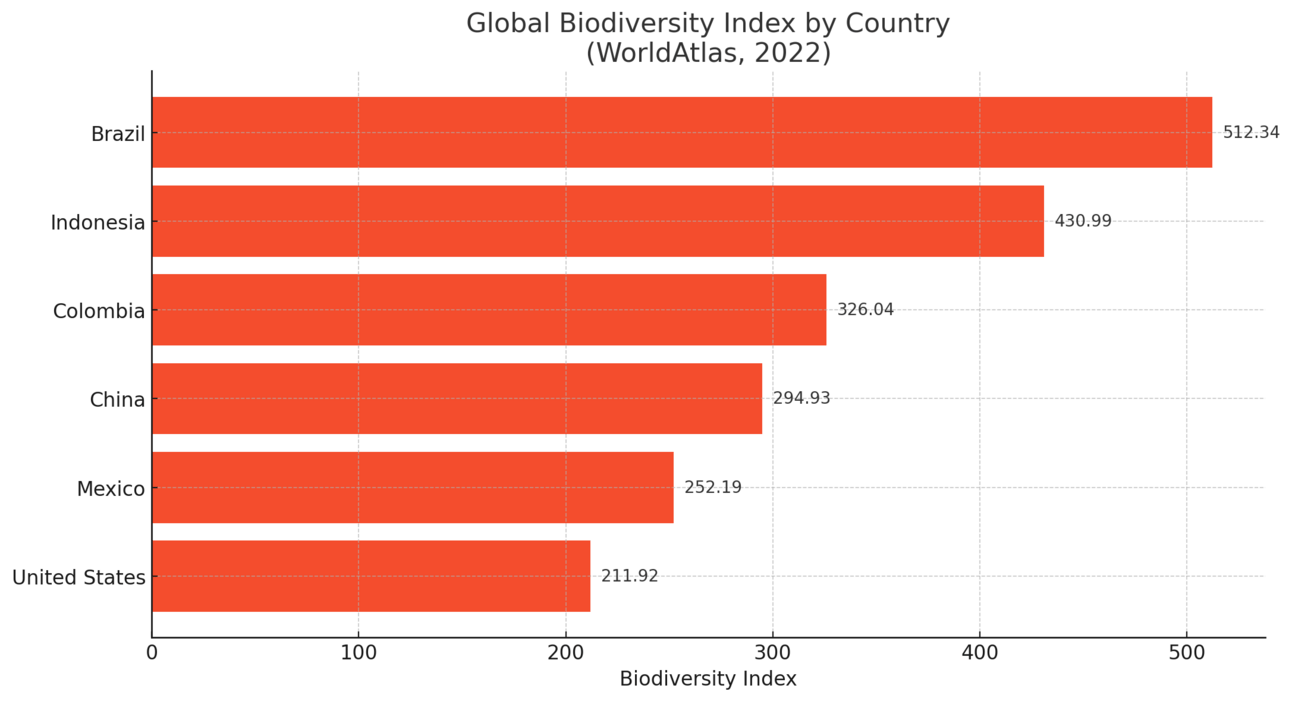
Elephants, known for their intelligence and tight-knit social structures, are also vulnerable to poaching and habitat loss.
Africa is home to the largest population, with Botswana leading at approximately 130,000 elephants. This southern African nation protects vast savanna landscapes that serve as safe havens for these giants.
In Kenya, with around 36,000 elephants, community-based conservation efforts have been pivotal in protecting these majestic animals. Sadly, despite these efforts, elephant populations continue to dwindle under threats from poaching and habitat loss.
India has around 27,000 Asian elephants roaming its forests, grasslands, and wetlands. Here, elephants are revered but often come into conflict with human settlements, making conservation a unique challenge.
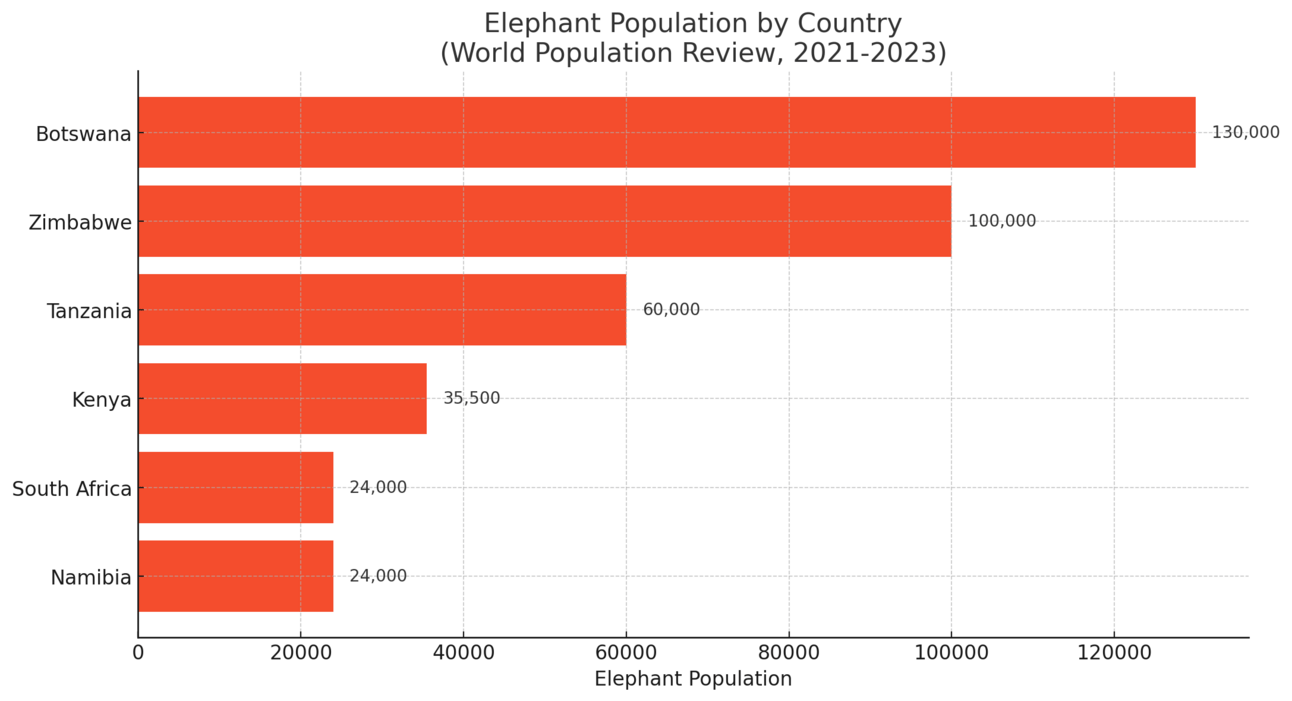
Jaguar sightings are rare due to their elusive nature, but these powerful cats roam the dense forests of the Americas, with the largest populations in Brazil, Bolivia, and Colombia.
Brazil's Pantanal wetlands and Amazon rainforest harbor the highest jaguar numbers, with the species being a crucial predator maintaining ecological balance.
In Bolivia, conservation efforts have allowed jaguars to thrive, especially within protected areas like the Madidi National Park. Meanwhile, Colombia’s diverse ecosystems give jaguars ample space to roam, but deforestation poses a significant threat.
Did you know? Jaguars are one of the few big cats that enjoy swimming and are often found near rivers and wetlands, where they hunt capybaras and caimans.
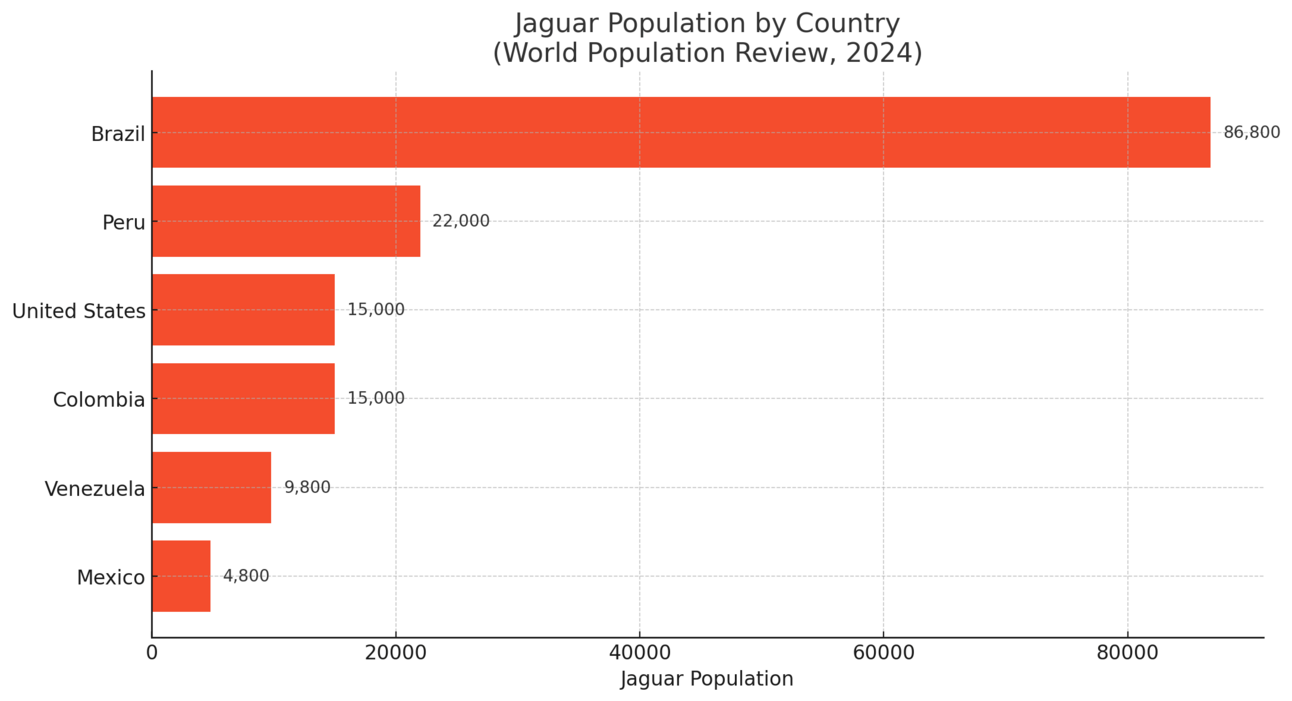
Sharks are often misunderstood, yet they play a critical role in maintaining ocean health. The U.S., Australia, and South Africa are known for their diverse shark populations and robust conservation efforts.
The U.S. leads with over 500 shark species, benefiting from extensive marine protected areas across its Pacific, Atlantic, and Gulf of Mexico coasts.
Australia, famous for its Great Barrier Reef, is home to species like the tiger shark and the hammerhead, both essential to reef health.
South Africa, a global hub for shark research, sees over 100 shark species along its coastline, including the iconic great white.
Sharks help regulate fish populations, but did you know that roughly 100 million sharks are killed each year, mainly for their fins?
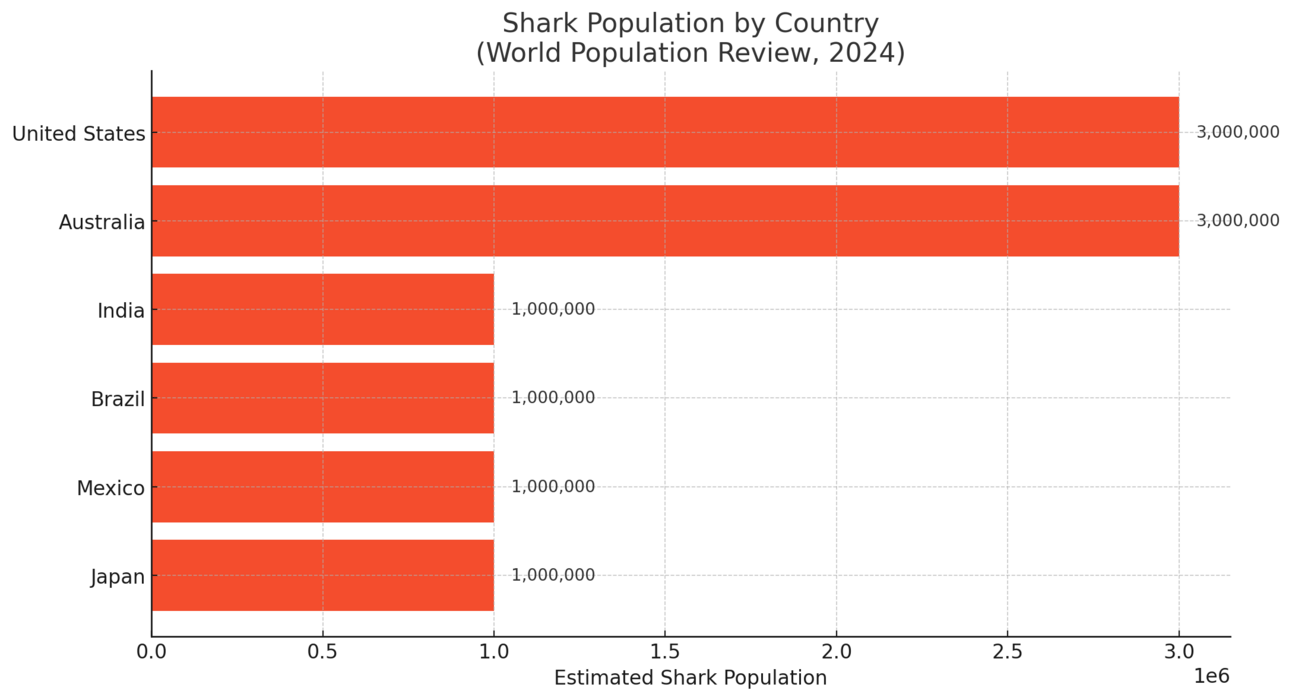
Koalas, symbols of Australia’s unique wildlife, face threats from habitat loss and climate change.
Australia holds nearly the entire global koala population, estimated to be around 80,000. However, numbers have been declining rapidly due to bushfires, urban encroachment, and disease.
While some regions like Queensland and New South Wales are especially hard-hit, southern populations remain stable. Conservationists work tirelessly to create koala corridors to connect fragmented habitats and ensure genetic diversity.
Koalas sleep up to 20 hours a day due to their low-energy diet of eucalyptus leaves, making habitat protection crucial to their survival.
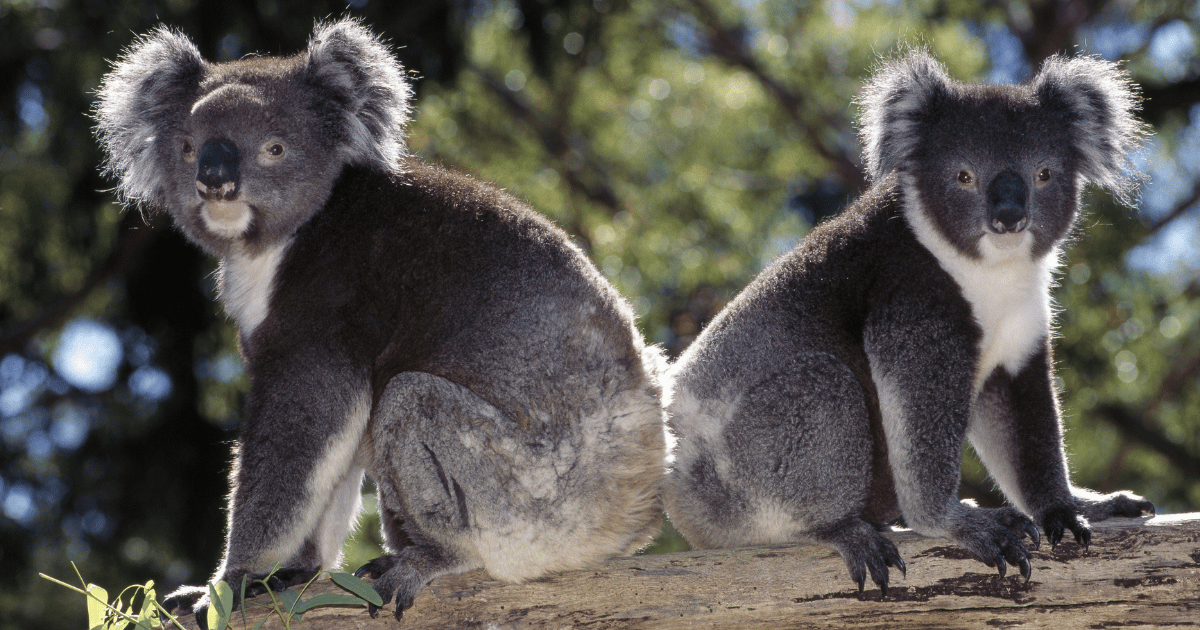
Coral reefs are critical marine habitats, supporting about 25% of ocean species.
Australia, the Philippines, and Indonesia are home to some of the most vibrant and biologically diverse reefs. The Great Barrier Reef in Australia is the largest coral system globally, but bleaching events due to warming waters are a growing concern.
The Philippines, with over 25,000 square kilometers of reef, supports rich marine biodiversity but faces challenges from overfishing and pollution.
Indonesia, part of the Coral Triangle, is home to 76% of the world’s coral species and countless fish, but its reefs are also under threat from unsustainable practices.
Interestingly, coral reefs protect coastal regions by reducing wave energy, preventing shoreline erosion.
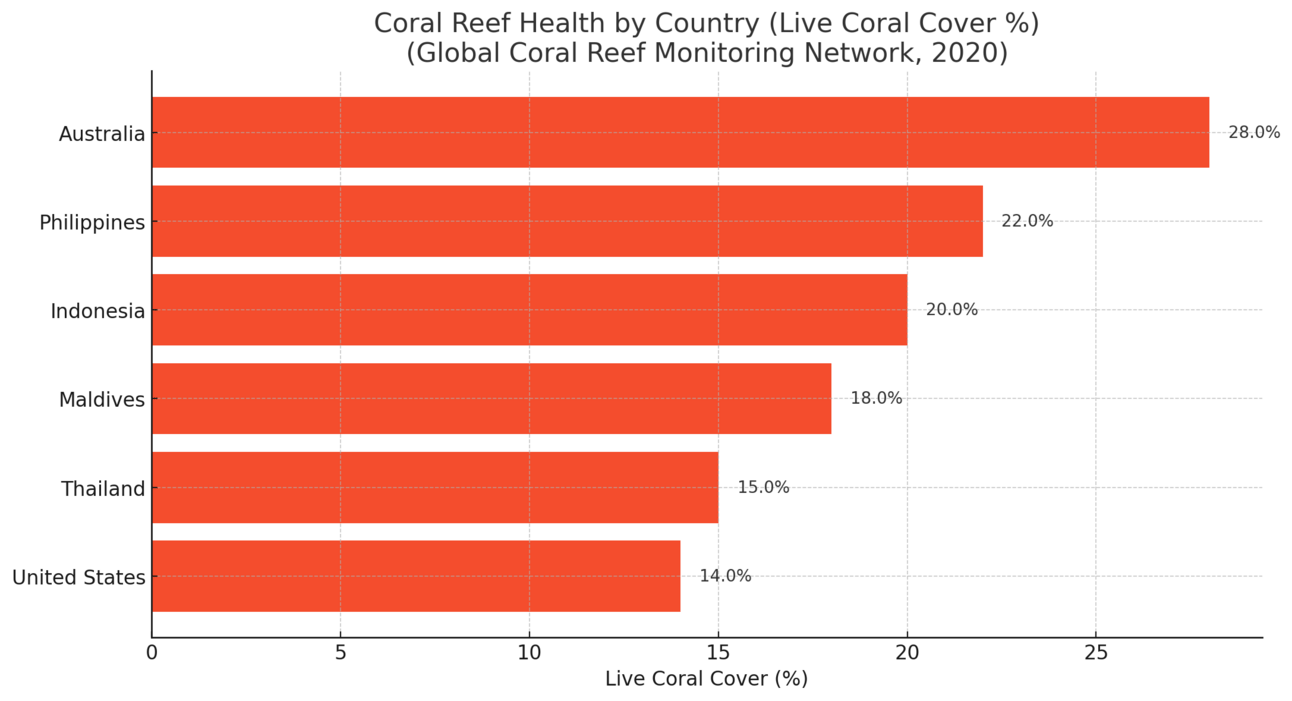
Despite the grim reality facing many species, countries like Costa Rica, Bhutan, and Namibia offer hope through their successful conservation models. Costa Rica, known for its “eco-parks,” protects a quarter of its land, preserving biodiversity while boosting eco-tourism.
Bhutan’s conservation policies are guided by its Gross National Happiness philosophy, balancing ecological sustainability with development, resulting in rich wildlife diversity across its Himalayan landscapes.
Namibia, with its community-based wildlife management programs, has restored populations of species like black rhinos and elephants. In fact, Namibia was the first African country to include environmental protection in its constitution.
Country | Notable Conservation Successes | Year |
|---|---|---|
Nepal | Nearly tripled wild tiger population from 121 in 2009 to 355 in 2022. | 2022 |
Argentina | Reintroduced jaguars into Iberá Provincial Reserve, growing population to 25 by 2023. | 2023 |
India | Increased wild tiger population to approximately 5,574, achieving significant growth since 2010. | 2023 |
Rwanda | Restored Akagera National Park, reintroducing lions and rhinos, boosting tourism and biodiversity. | 2023 |
Mozambique | Revitalized Gorongosa National Park, restoring wildlife populations and ecosystems. | 2023 |
Bhutan | Designated over 51% of land as protected areas, maintaining high biodiversity and effective conservation. | 2023 |
We hope our little survey of the world’s remarkable ecosystems and species has inspired you in some way. Each of these countries and species represents a unique and irreplaceable part of Earth’s biodiversity—a reminder of our shared responsibility to protect it.
Until next time, keep exploring and stay inspired.
Warm regards,
Shane Fulmer
Founder, WorldPopulationReview.com

